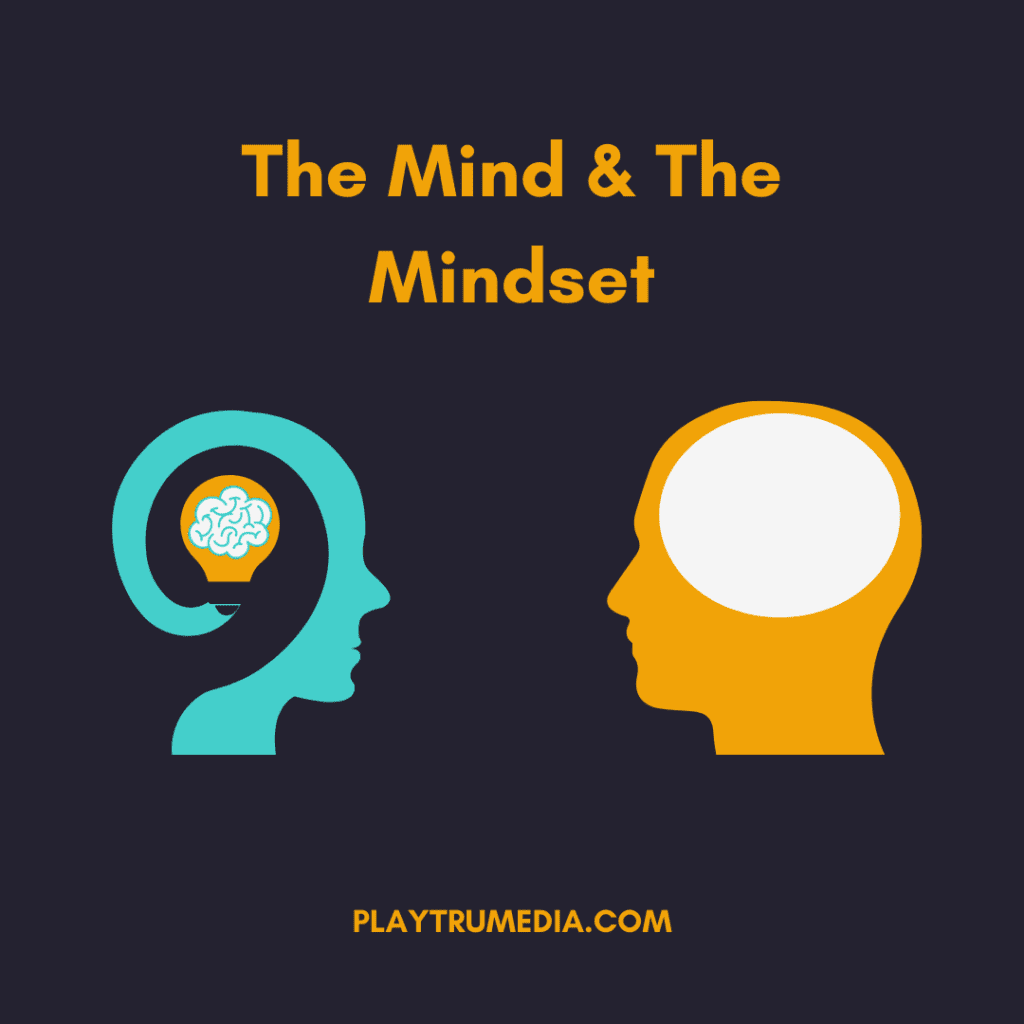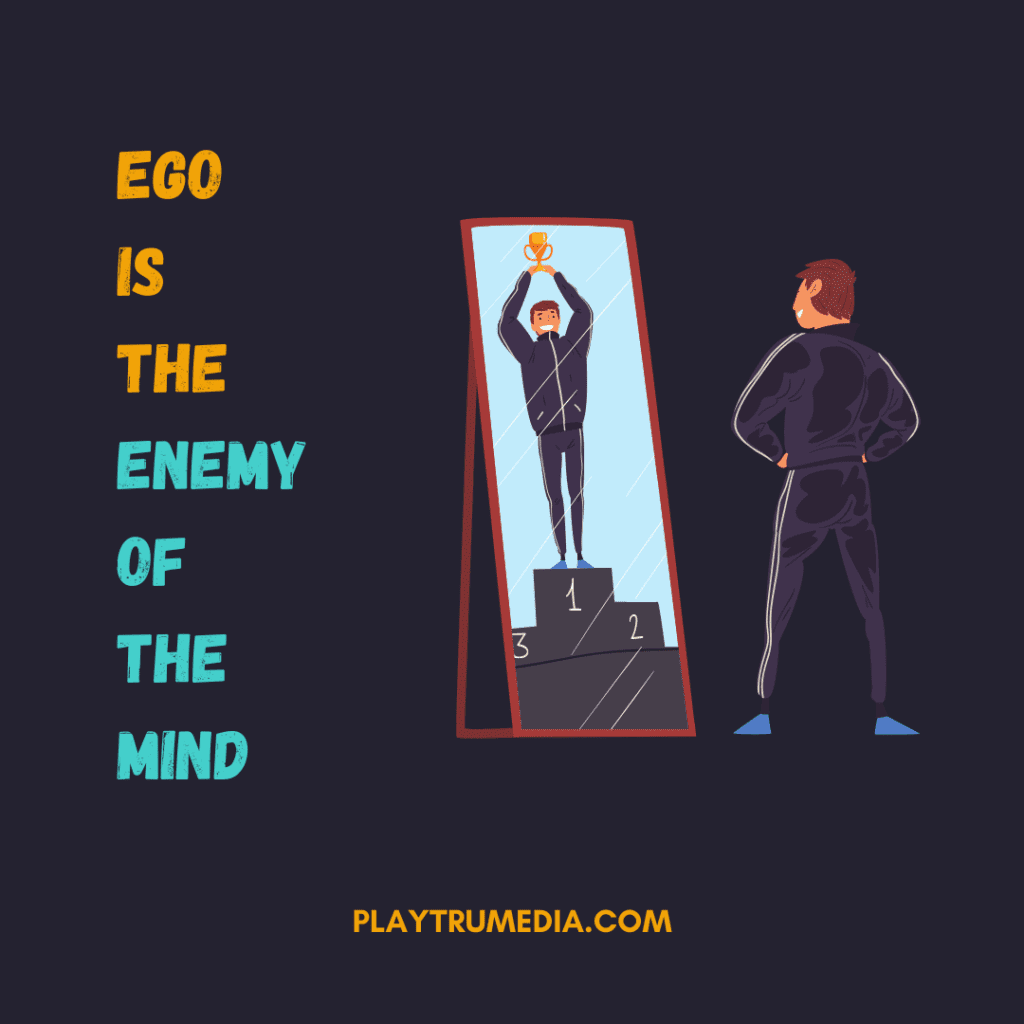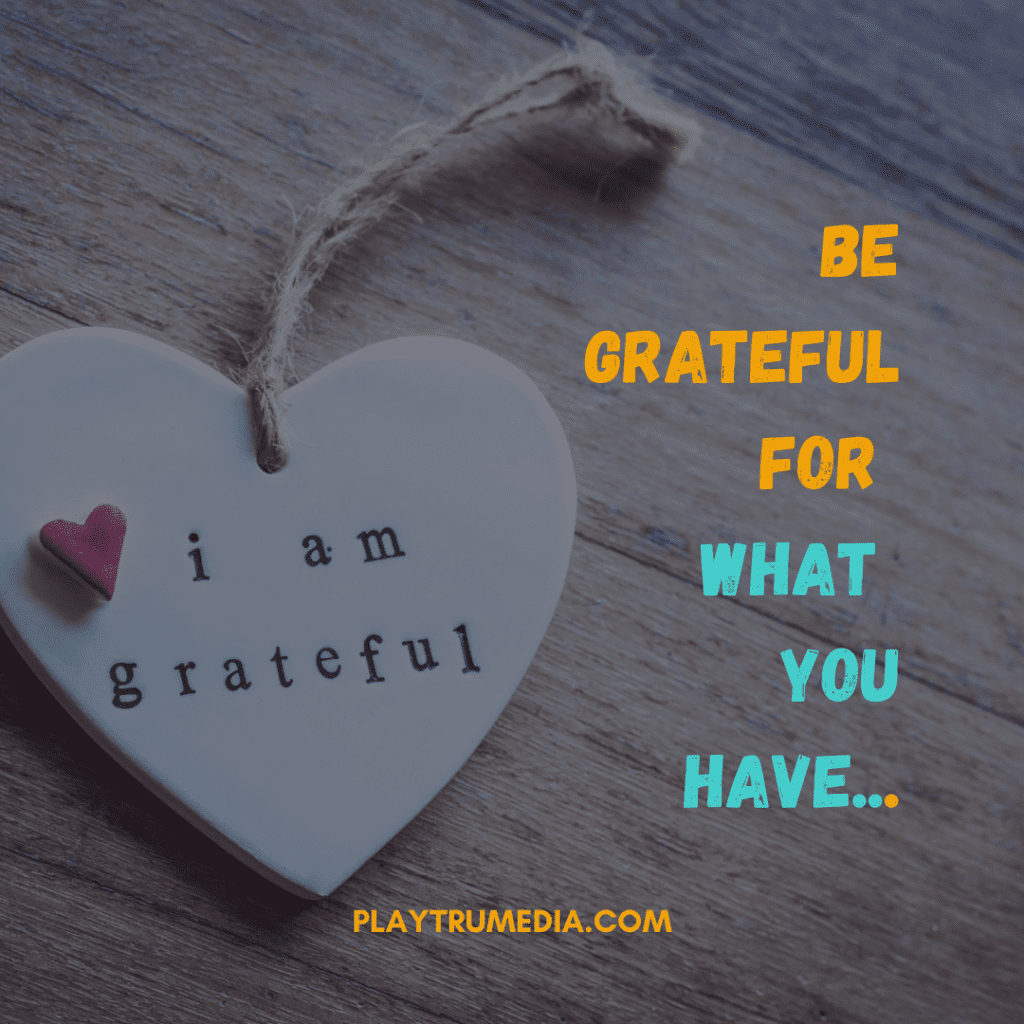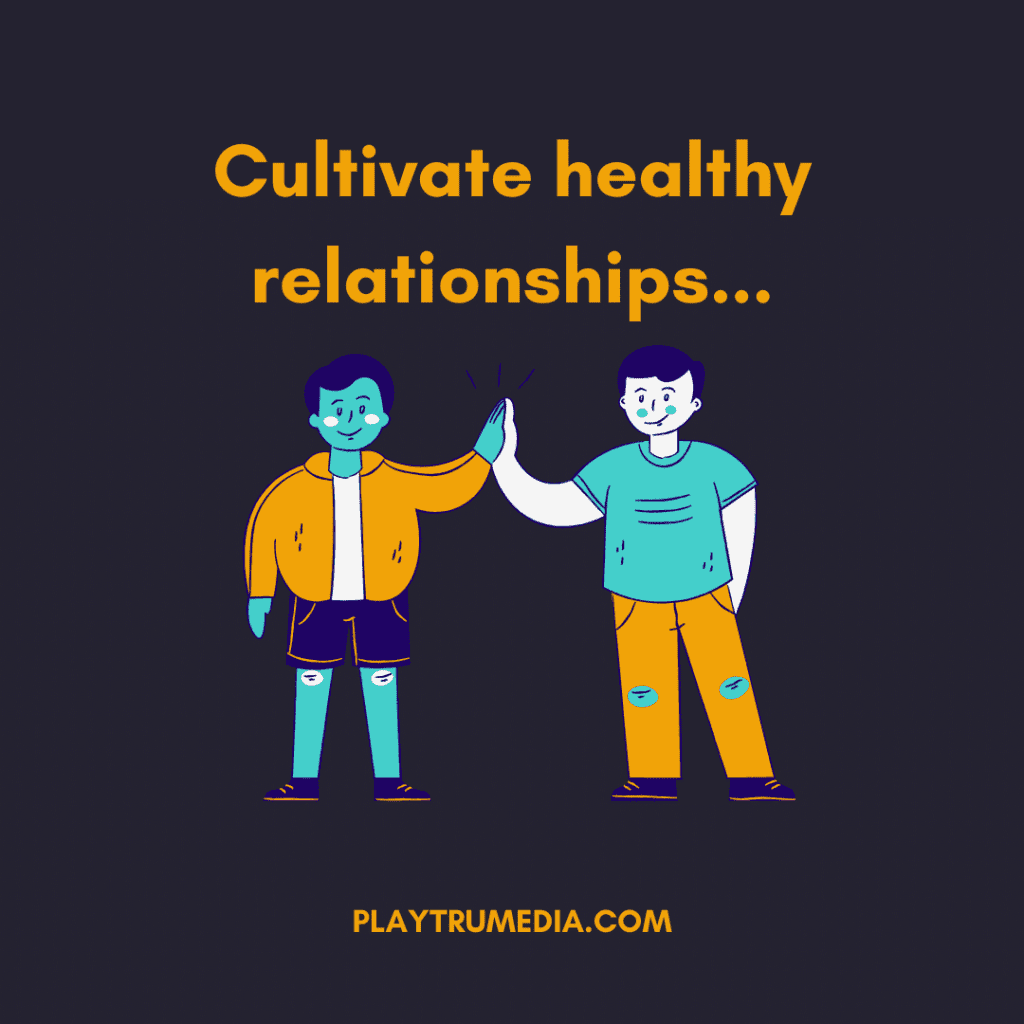Hi! Welcome back for another lesson on the Monk Mindset. We’ve already discussed in detail the importance of mindset in life. With two articles under our belt covering Jay Shetty’s “Think Like A Monk”, it’s about time we close this chapter by reviewing the remaining chapters of the book. It’s been a fun ride and we assure you, there’ll be more to come. Just hang in there…
Chapter 6 – Routine to keep your mindset on track

What does your everyday routine look like? You wake up (after several alarms), drink water, make coffee and dress up in a hurry – and then go for your job. Eight hours later, you return tired and hungry so you spend time making food for yourself. Maybe you call your family and spend some time with them, and then go straight to bed. The next morning, you do EXACTLY the same thing. Have you ever wondered what that does to your mindset?
Ask yourself the following questions to get a reality check:
- Does that nourish and enrich you?
- Does it make you long for a new day?
- Do you want to live like that for the rest of your lives?
Hustle culture has coerced us to believe that waking up early gives us extra time to work – so we copy that formula, and embed it into our minds. We think it’s all about the hard work and when we fail, we blame it on our bad luck. That kind of mindset makes us live without purpose and structure. And that’s the problem. The bad omen is that society actually encourages this behavior. That is a stressor for mindset, by the way…
The most important point I picked up from the book is that of time management. Time is finite but it’s up to us to make the most out of it. Getting an early start doesn’t have to come at the expense of sleep – you can easily learn some basic time management and plan out your day.
The goal of this planning is to bring intentionality to the entire day. In my opinion, it’s got to do with managing your energy – chakra. Don’t devote energy to useless tasks – devote it to tasks that will bring you value in the future. Devote it to activities that elevate your mindset.
Don’t go drinking to fit in with society – spend time with your family to cultivate happiness and build meaningful relationships. Plan out your day before you go to bed. The key here is not to overwhelm yourself. Only write those tasks which will nourish you and help you grow. And set realistic timelines for those goals.
Change your scenery when you feel bored. Instead of exercising at home, maybe go out to the neighborhood park. If you work remotely, try a collaborative working space. Each place has its own energy – make use of that energy and maybe build some relationships in the process.
The biggest learning I gained from this chapter was that of “Single Tasking” – which means to devote all of your energy and focus to one single task.
I admit there was a time when multi-tasking looked cool (mostly because you could get things done quickly). But what I’ve noticed is that it brings down the quality of your work. Instead, focus on giving your 100% to one single task. It will keep you sane, make you more productive, and improve the quality of your work. Single Tasking is the mindset you need to go with if you want to improve the quality of your work.
Favorite Quote – Maria Popova
“We tend to wear our ability to get by on little sleep as some sort of badge of honor that validates our work ethic. But what it is is a profound failure of self-respect and of priorities.”
Maria Popova
Favorite Exercise – A New Morning Routine for your Mindset
An effective morning routine sets up the day for you. It will be a defining factor in whether you stay productive or you slouch to the same old bad habits. To set things in motion and make your mindset more focused, incorporate the following things in your next morning routine:
- Thankfulness – Write down 5-10 things that you’re grateful for (or less if you can’t think of that many // the goal is to start practicing gratefulness)
- Insight – Read a newspaper, book, article, or listen to a podcast to enrich your mind
- Meditation – Spend 10-15 minutes meditating and reinforcing positive beliefs in your mind
Exercise – Go for a workout to unleash the beast inside. If you’re not up for the advanced stuff, basic mobility and stretching are enough too. You want to focus on making exercise something to look forward to. If you do that, your mindset will make the activity more rewarding.
Chapter 7 – The Mind and Mindset

This chapter focuses on the two minds that inhabit our body – the monkey mind and the monk mind.
The monkey mind (our inner child) holds the keys to creativity and humor and all the fun things in life; the monkey mind (our adult mind) has rationality reasoning and maturity in its locker. The key is to have the best of both worlds, and use that to our advantage. Jay explains it in this way:
- The child struggles to appreciate the value and avoids challenges and obstacles. It is impulsive and seeks instant gratification. But, it enables us to be spontaneous, creative, and dynamic.
- The adult is more pragmatic and knows the difference between right and wrong – It enables us to assess the bigger picture and takes time to rationalize decisions.
The goal here is like I said, to have the best of both worlds. We need creativity and spontaneity to enjoy life and achieve goals. But, because there’s a child behind that, we need to keep it grounded and in control. The adult mind helps us do that. We should train this mind to control the child mind and use those qualities that the child mind provides, to our benefit. Keep these two perspectives in mind and learn to keep them in check. It’s the first step to Mindset Mastery.
Jay also asks us to master our senses – in other words, have control over our mental processing. While the monkey mind is reactive, harnessing the power of the monk mind means we are proactive. He gives an excellent example of this:
“We go to YouTube to watch one video, but before we know it, we are going down a rabbit hole of videos most of which don’t give us any real value. Not having control over our senses means we don’t expect that impending danger and watch on for hours before we realize it. A monk doesn’t spend time in a strip club. So, focus on controlling senses so that whenever you find yourself doing such an activity – you immediately re-focus and shift your emotions elsewhere.”
Visualization has an important role in it – by visualizing what’s best for us, we can actually bring that to the picture of life. As we do it consistently, this visualization gets imprinted in our memory. It comes to our help whenever our senses go out of control.
This one quote is usually attributed to Einstein but its real origins are still a matter of debate – “Insanity is doing the same thing again and again, expecting different results.”
Favorite Quote – The Buddha talks about Mindset
“As irrigators lead water where they want, as arches make their arrows straight, as carpenters carve wood, the wise shape their minds.”
The Buddha
Favorite Exercise – Wake up the Subconscious
In this exercise, you will help clear the clutter in your mind. To start off, write down all the noise in your mind (noise that you want to get rid of). Write all the negative thoughts and signals your mind is sending you such as:
- I am not good enough
- I can’t do this
- I don’t have the intelligence or the tools to do this
This exercise will raise your self-awareness and by acknowledging these negative thoughts, you’ll take the first step towards positive reframing.
Chapter 8 – Ego is the enemy of the mind

Ego (if not controlled) can be the harbinger of doom. And that is the topic of this chapter.
Jay starts the chapter by introducing us to the Sanskrit word “Vinayam” – which means humility or modesty. He says that when we’re humble, we’re more open to growth opportunities and learning new things because we are aware of how much we don’t know.
There actually two egos according to the Bhagavad Gita (the Holy Book of Hindus):
- Real Ego – it’s the consciousness that makes us aware and awake to the reality
- False Ego – the identity crafted to preserve our sense of being significant or most important
Having that distinction is important to make sure we don’t get trapped in the illusion of the false ego. The analogy Jay uses to describe these two egos is as follows – “When you trust the false ego to protect you, it’s like wearing armor that you thought was made of steel but is actually made of paper. You march onto the battlefield, confident that it will protect you but are easily wounded with a butter knife.”
The goal is to keep this false ego in check and avoid manifesting it. We think a high IQ impresses people so we pretend that we are very smart – we present a fake persona to the real world. The thing is, disguises can only last for so long. Sometimes, we work so hard to impress others that we lie.
In an interesting episode of “Lie Witness News” on the Jimmy Kimmel Show – interviewers ask people visiting Coachella what they think of fictitious bands, the responses are wildly exhilarating. Even though the bands are completely made up, people still say on record stating that they enjoy listening to those bands. Those people thought that having this interview will give them recognition but they lose their true selves in the process. Instead of openly admitting that they aren’t aware of those bands (at the least), they give in to that temptation and lie. I wonder what those women must have felt when they watched that episode later on TV.
The false ego also creates false hierarchies. We think we deserve respect for something that we don’t have any idea of – we start ranking ourselves based on our perception of others. The problem is we’re not objective and so we rank ourselves higher than those people because it makes us feel better and superior.
The ego also stunts our growth – we think we know too much and so we don’t accept any growth opportunities. We live in ignorance and in an artificial bubble created by that ego. That bubble has to break at some point.
You can identify whether you have the false ego by asking yourselves the following questions (be objective about it, however):
- Are we ashamed or grateful when we discover we were wrong about something?
- Are we defensive or intrigued when we find information that contradicts our version of the story?
Write down these responses – if you were objective, you would take that as an opportunity to grow and reframe your mind. If you are stubborn about those beliefs and don’t want to change your opinion despite knowing it is wrong, then you have to tame that false ego.
Favorite Quote – André Gide (French Author)
“Believe those who search for the truth; doubt those who have found it.”
André Gide
Favorite Exercise – Receive Feedback Productively
Choose an area you want to improve in and find someone who is an expert in that field.
Seek guidance from that person and ask questions to get clarity, and how to practically apply that guidance. Some questions to ask are:
- Do you think this is a realistic path for me?
- Do you have any recommendations for me?
- Is this something that I need to work on? How can I improve this particular area?
Chapter 9 – Gratitude

All of the previous chapters were about looking inward – this chapter focuses on how we interact with others in the world (outward approach). The modern version of gratitude is by doing an act of sympathy and sharing it on Instagram with #Blessed – nothing wrong with it but a lot of times people don’t have pure intentions when they show gratitude. It’s just to gain some likes or followers.
According to Benedictine Monk Brother David Steindl-Rast, “gratitude is when you recognize that something is valuable to you, which has nothing to do with its monetary worth.” This can be a kind gesture of giving money to the poor, a letter from a loved one, a good memory, anything that makes you feel happy.
When we’re overpowered by the monkey mind, we see ourselves as worthless and we don’t recognize simple acts of kindness from strangers. The adult mind, on the other hand, is more accepting and it increases our self-esteem and our gratefulness when others perform an act of kindness for us. Gratitude, according to Jay helps us overcome bitterness and pain.
The cycle of gratefulness is an enriching one – when we become grateful for one thing, we start becoming grateful for the rest of them too. Studies have shown that grateful people not only feel healthier, they’re also more likely to take part in healthy activities and seek help when they feel ill. The best way to kickstart this habit is to start a gratefulness session every day.
Every day when you wake up, take up a pen and paper and write down all the things that you are grateful for. I know about a dozen other self-development experts have said this, but there’s a reason they said it. You don’t need a high-value object to practice gratefulness. You can be grateful for your friends and family, for your pet animal, or even for the pleasant weather. It’s the little things in life that nourish us – start being grateful for them.
The goal is to put into mindset the value of appreciating life and what it has given us (and continues to do so).
Favorite Quote – Pema Chödrön (American Nun)
“Be kinder to yourself. And then let your kindness flood the world.”
Pema Chödrön
Favorite Exercise – Write a Gratitude Letter to nourish your Mindset
Select one person to whom you are grateful for and write down a list of the qualities that you are grateful for. In a letter, describe why you are grateful to them and how they make your life more beautiful. Finish this off by sending the letter to the selected person.
Chapter 10 – Relationships

This chapter focuses on how to build meaningful and long-lasting relationships. I would like you to put this in your mind that a relationship isn’t just a girlfriend-boyfriend thing. Your bond with your parents and friends is also a relationship. Your bond with your dog is also a relationship, technically. Anything that seeks to nourish and nurture our mindset, is a relationship, according to me.
Dan Buettner (Co-Founder of Blue Zones – an organization that studies regions of the world where people with the longest and healthiest lives live) found in his studies that in addition to diet and lifestyle practices, longevity was tied to other aspects of the community too. These include:
- Close-relationships with family
- Tribes with shared beliefs
- Healthy social behaviors
Jay introduces us to the Four Types of Trust which he learned from his time at the Ashram (a place where monks live and practice their faith):
- Competence – This is the person we talk to when we want mature opinions and recommendations (This person has competence in that field). E.g. we ask these people for career advice or references
- Care – We share our emotions with this person because we know he cares for them and is empathetic about it. We rely on these people in activities like when we move to a different house or when we have a doctor’s appointment
- Character – These people have strong morals and values. We rely on their guidance when we aren’t sure that what we want or believe is right. We seek their help in our relationships or when we want a strong opinion about something that is of huge importance to us
- Consistency – These are not necessarily experts but they have a high character and care about us the most. They are always there for us and have been with us through thick and thin.
Jay is vocal about diversifying our connections. At the least, we should strive to have people that fit into all four types of trust. Having those connections is vital to success in our lives. We should think of them as like our professional family. One of the biggest teachings from this chapter is the point that “Trust is Earned”. You don’t just trust someone because they’re nice to you. You trust them because you know they have your back.
At this point, he brings us to the Four Stages of Trust:
- Neutral Trust – These people have common values with us but that doesn’t mean we fully trust them
- Contractual Trust – This is the person you go to for one-off favors. It’s purely contractual and in most cases, doesn’t have significant emotional value to you
- Mutual Trust – Perfect example of “I help you, you help me”
- Pure Trust – These people are the closest to you and are there whenever you need them
So what do we learn from these four stages? I’d say go ahead and start building a circle that has all of these qualities. These will be the people you will learn from, people you will benefit from, and people who will help you in any situation. In the long run, these people will elevate your mindset and be a source of inspiration for you.
Favorite Quote – Jean Dominique Martin
“People come into your life for a reason, a season, or a lifetime.”
Jean Dominique Martin
Favorite Exercise – Ask for what You want
This exercise involves opening up to your loved ones and letting them know how you want to receive love. Everyone has different perceptions of you so it is important to set them straight.
Some ways you ask for love without damaging your relationships are:
- Think of a complaint you have about a loved one’s behavior
- Dig to the root of the problem
- Articulate without criticism
Chapter 11 – Service (Ingrain it into your Mindset)

This is the core principle of the monk mindset – serving others. Monks do not live for themselves only. They live to serve others. This quote by Nelson Henderson summarizes it best – “Plant trees under whose Shade you do not plan to Sit”
Jay writes down the three stages of transformation that helped him uncover the secret meaning behind service
- Let go of the Ego
- Recognize your value and learn that you don’t need to own anything to serve
- Continually seek a higher level of service
Service is the highest purpose in life, according to Jay. He says that we are nature (made up of sand and other natural properties). Nature is always serving – providing oxygen to us, supporting the growth of living organisms, etc – In the same way, we should also strive to serve.
At the end of the day, all of us will end up owning something no matter the value. But those things don’t have any intrinsic value for us. We will only feel better when we use what we have to help others and serve their needs. That is the definition of a monk mindset.
This is best manifested in children. Jay shares this example of a little girl around two years of age. In a video on Japanese TV, the girl sees a politician cry and so, her instincts jump to action. She, not knowing any real reason, takes a tissue, walks up to the TV, and tries to wipe away the politician’s tears. How wholesome, right?
Children have those instinctual pieces of behavior ingrained in their mindset, that compels them to act without reason or logic. They don’t reason and their mind doesn’t know conflict. But what it does know is compassion and empathy. As parents, it is our responsibility to nurture these qualities.
There are several benefits of service but the ones Monk follow are:
- Connects Us – Connects us with new people and relieves the worry of loneliness
- Amplifies Gratitude – Gives you a broader sense of all the resources accessible to you so you feel grateful for them
- Increases Compassion – Helps you recognize how you can serve the world
- Builds Self-Esteem – Makes you feel as though you’re making a difference in the world (which you are)
The biggest learning point for me was to serve with intention. That is knowing what end-result you’re contributing to when you serve. If I’m donating to an orphanage, I know that somewhere an orphan will benefit from that contribution. If I serve by playing music for the church choir, I know that I’m serving my faith and sharing vital values through music. I know that by writing content such as this, my company (PlayTru) and I are providing real-world advice and education more accessible to the world.
Favorite Quote – Helen Keller
“I cried because I had no shoes until I met a man who had no feet.”
Helen Keller
Favorite Exercise – Ways to Serve
This exercise involves you being on the lookout for service opportunities. Some places you can find these opportunities are:
- Workplace
- School
- Social Events
- Online Communities
- Gyms
Write down all of these places and then start asking people how you can contribute more. Whether it is setting up an entirely new project or contributing to an existing one, the goal is to undergo a mindset shift from a mind that seeks service to one that seeks to serve.
Fare thee well, until next time…
I hope this article brings you good fortune and really helps you grow and reframe your mind. This isn’t a traditional review that most online magazines would rave about. Instead, I tried to use the knowledge in the book and summarize it in practical terms that everyone could relate to and learn from. I hope you were one of those fortunate ones.
I really want to cultivate a strong mindset among the young generation and I think by distilling books like this, I can make a small, yet meaningful contribution.
At PlayTru Media, we value self-development and growth over other things! Our Newsletter is one such example of it. The PlayTru Newsletter has all the latest and greatest in marketing, entrepreneurship, mindset, and lifestyle. All of that goodness is delivered weekly at 11:00 AM EST! Take advantage of this call right now and take the first transformative step towards happiness and success!

